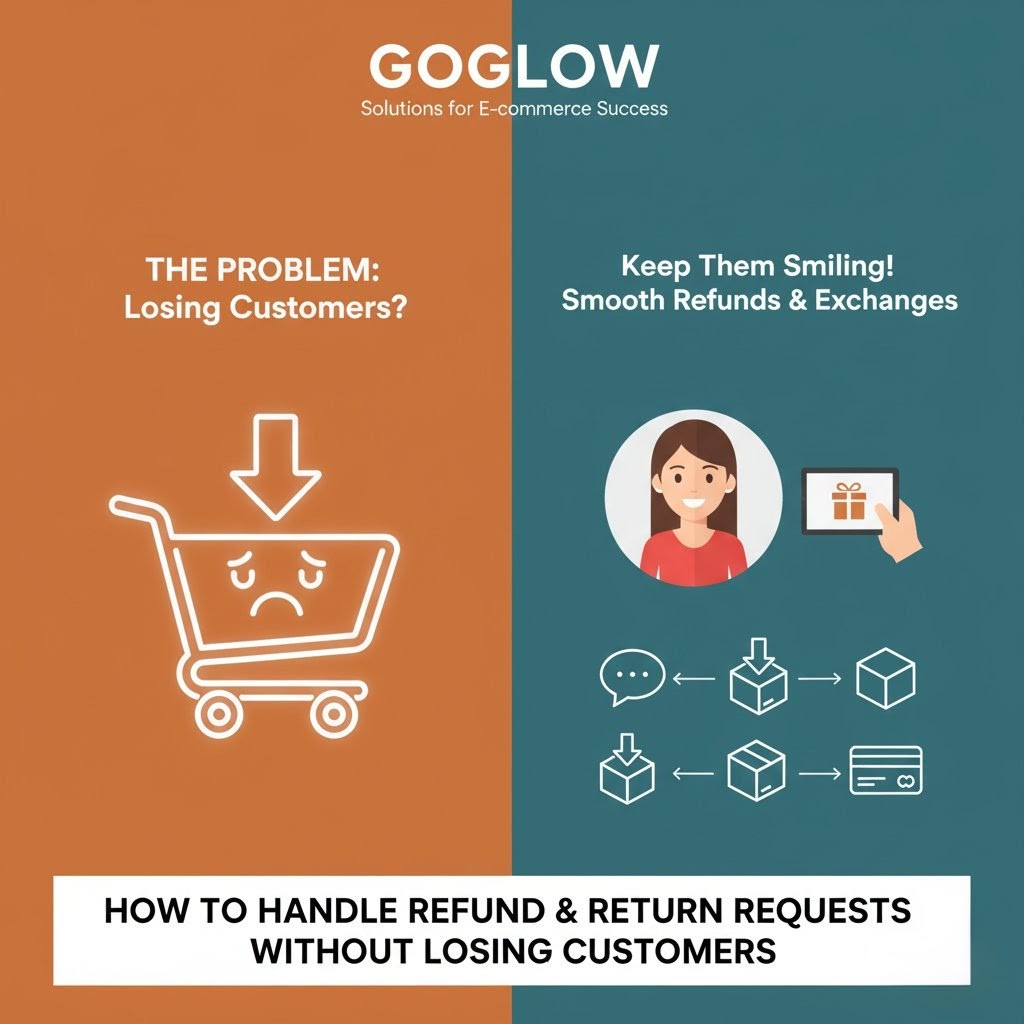
Running an online business comes with its ups and downs. One of the tricky parts every business owner faces is handling refund and return requests. While no seller enjoys giving refunds, how you handle them can make or break your relationship with your customers.
The good news? You can process refunds and returns without losing your customers’ trust or loyalty. Here’s how:
Before problems arise, create a simple and transparent refund policy. Make it easy to find on your website or social media pages.
Your policy should clearly state:
💡 Tip: Use plain English—avoid confusing legal terms. When people know the rules upfront, they’re more likely to stay satisfied even if a return happens.
When a customer complains or requests a refund, speed and empathy matter most.
A quick response shows professionalism. Start by acknowledging their concern and apologizing for any inconvenience.
For example:
“We’re really sorry the item didn’t meet your expectations, and we appreciate you bringing this to our attention. Let’s fix it right away.”
This kind of tone helps calm customers and opens the door for a smooth solution.
Always check the details before processing a refund:
Be respectful during verification—avoid making the customer feel like a liar. Once verified, process the refund or exchange quickly.
Sometimes, you can save a sale by offering alternatives instead of refunds.
For example:
This shows that you care about solving the problem while keeping the customer engaged with your brand.
Every refund tells you something. Maybe a product description was unclear, or packaging needs improvement.
Keep track of refund reasons to identify patterns. Then fix those issues to reduce future returns.
When customers see improvement, they’ll respect your business even more.
Don’t end communication after issuing a refund. Send a short message like:
“We’ve processed your refund. Thank you for your patience—we hope to serve you better next time.”
This small gesture can turn a disappointed customer into a loyal one.
Refunds and returns are not losses—they’re opportunities to build trust.
By handling requests professionally, offering quick solutions, and showing genuine care, you can turn an unhappy customer into your best promoter.
Remember, in the online world, customer experience is everything. Handle refunds right, and your business reputation will keep growing strong.